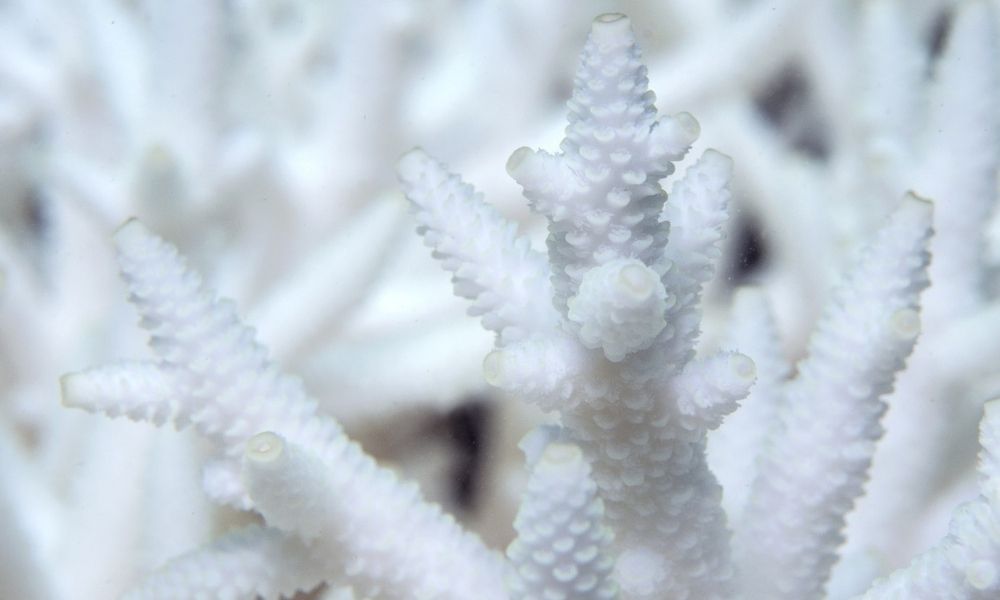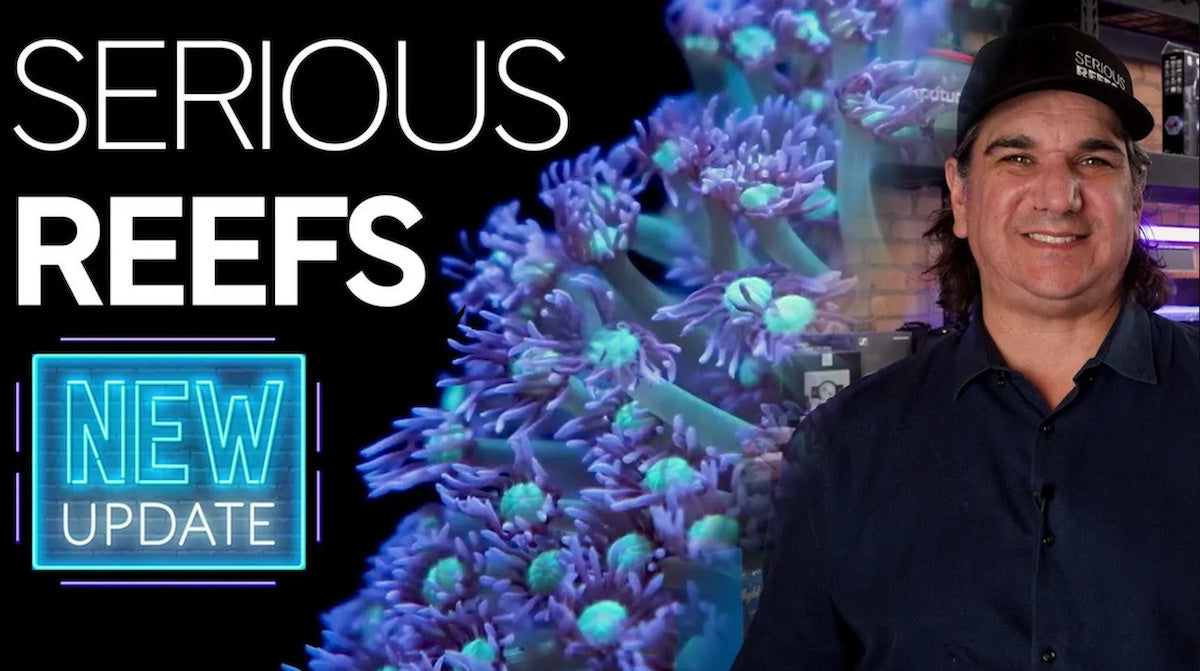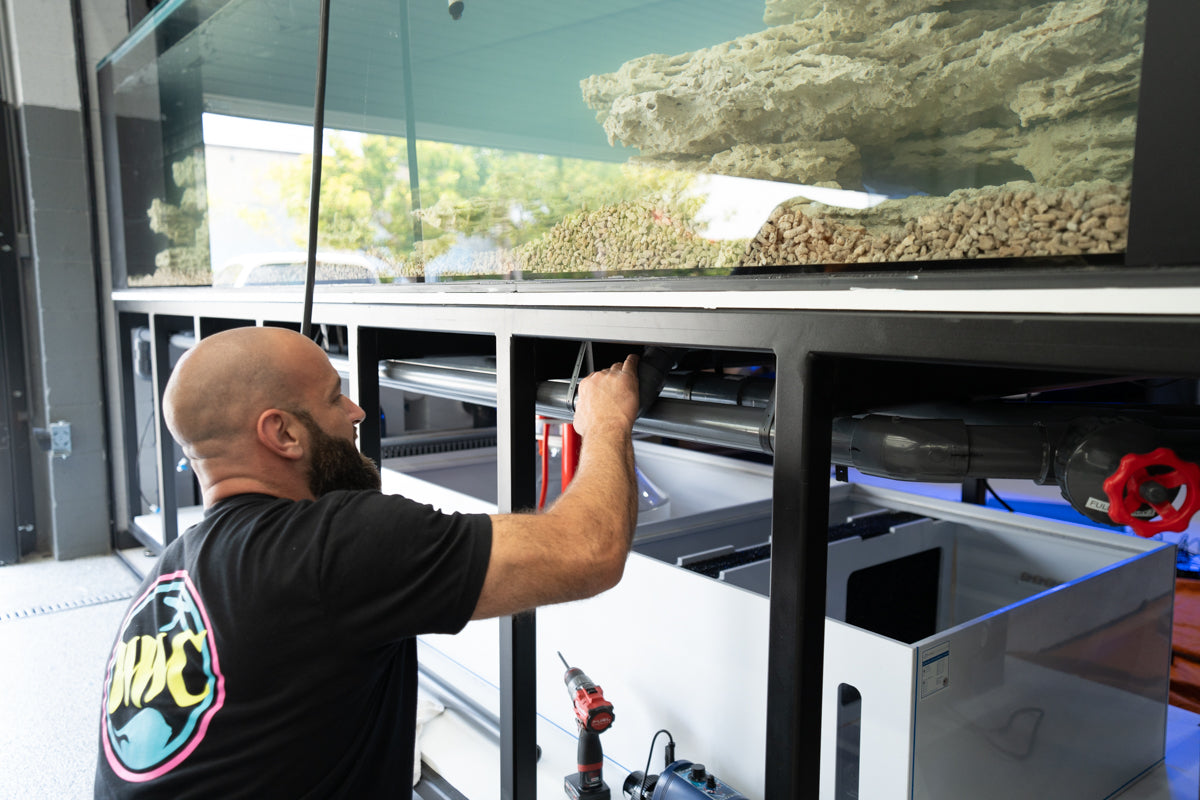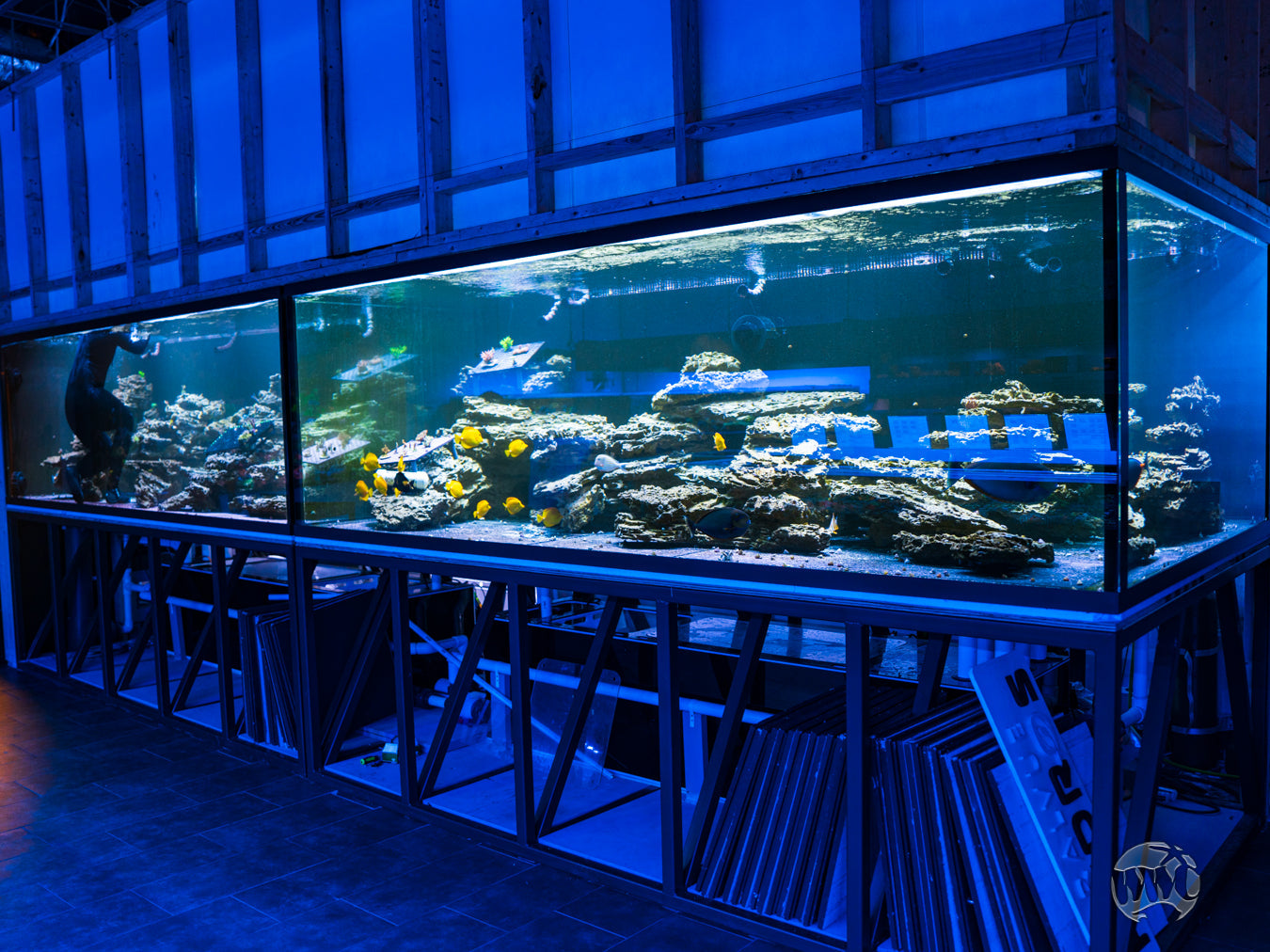People tend to think of bright, vivid colors when talking about the planet’s coral reefs, but currently, some of them might not be living up to expectations. Many coral reefs are experiencing a mass bleaching effect that not only reduces their color, but also leaves them a ghostly white. This is what you need to know about coral bleaching and why it happens in the wild.
What Is Coral Bleaching?
Believe it or not, corals don’t actually produce their colors themselves. In fact, an algae called zooxanthellae that lives within their transparent tissues generates each of their different hues. By feeding on the light in the environment and the nutrients the corals provide, these organisms take on various colors that pigment the corals’ external layers. Bleaching is the process of the zooxanthellae either dying off or being expunged from the coral on which they rely.
Factors That Cause Bleaching in the Wild
It’s also important to know why coral bleaching happens in the wild. Unfortunately, coral bleaching has become much more common in recent years—primarily due to climate change. Water temperature is the number one factor that determines the health and stability of zooxanthellae within corals. When the ocean becomes too warm or cool, this can drive the algae out of the coral’s tissues, along with the corals’ color. This can also occur as a result of low tides, water pollution, or even too much sunlight, for even the most colorful of corals such as the Rainbow Montipora.
How Corals Can Regain Their Color
On the plus side, it is possible for zooxanthellae to return to a piece of coral once it has been bleached. However, this needs to occur within a certain amount of time in order for the coral to survive, and it can only happen if the water conditions return to normal. Simply speaking, it requires us to pay extra attention to the state of our local oceans, diagnose the problem, and work to fix it before it’s too late. In some areas, this might mean limiting storm runoff, while in others, it might require reducing pollution as a whole. Either way, we must work together to save the beautiful reefs we’ve all come to love.
At World Wide Corals, we consider it our mission to supply hobbyists with corals for their tanks while protecting natural reefs from further harm. This is why we aquaculture a large majority of our corals, from Xenia to Rainbow Montipora for sale, through a careful aqua-culturing process. By acquiring most of our specimens this way, we’re sustaining a more diverse range of species while leaving wild corals untouched so that they can continue to reproduce.




